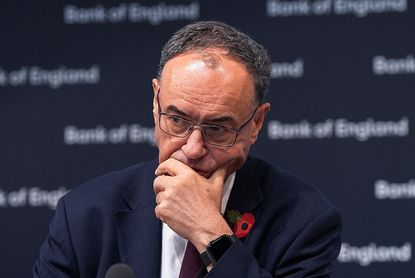Economy
The latest news, updates and features on the UK economy and other global economic stories from the expert team at MoneyWeek.
Explore Economy
-

Renewable energy funds: stuck between a ROC and a hard place
Renewable energy funds were hit hard by the government’s subsidy changes, but they have only themselves to blame for their failure to build trust with investors
By Bruce Packard Published
-

The war dividend: how to invest in defence stocks
Western governments are back on a war footing. Investors should be prepared, too, says Jamie Ward
By Jamie Ward Published
-

Did COP30 achieve anything to tackle climate change?
The COP30 summit was a failure. But the world is going green regardless, says Simon Wilson
By Simon Wilson Published
-

Nationwide fined £44 million over “inadequate” anti-money laundering systems
Failings in Nationwide’s financial crime processes between October 2016 to July 2021 meant one criminal was able to deposit £26 million from fraudulent Covid furlough payments in just eight days.
By Daniel Hilton Published
-

Reeves's business rates hike will crush the British economy
Opinion By piling more and more stealth taxes onto businesses, the government is repeating exactly the same mistake of its first Budget, says Matthew Lynn
By Matthew Lynn Published
Opinion -

ONS: UK economy unexpectedly shrinks by 0.1% in October – what does it mean for interest rates?
The latest GDP figures strengthen the case for a base rate cut in December, experts suggest
By Sam Walker Last updated
-

UK inflation forecast: where are prices heading next?
UK inflation fell in October. But what impact has the Budget had? Will this fall be sustained, or should consumers brace for higher inflation readings in 2026?
By Daniel Hilton Last updated
-

Asia's new tiger economy: MoneyWeek Talks
Podcast MoneyWeek's editor, Andrew van Sickle, speaks to Dragon Capital's Thuy-Anh Nguyen about Vietnam's remarkable rise
By Andrew Van Sickle Published
Podcast -

Petrol prices explained: What makes up the price of a litre of petrol?
Briefings The cost of filling the average car with fuel is falling. Here’s what makes up the price of a litre of petrol.
By Daniel Hilton Last updated
Briefings
